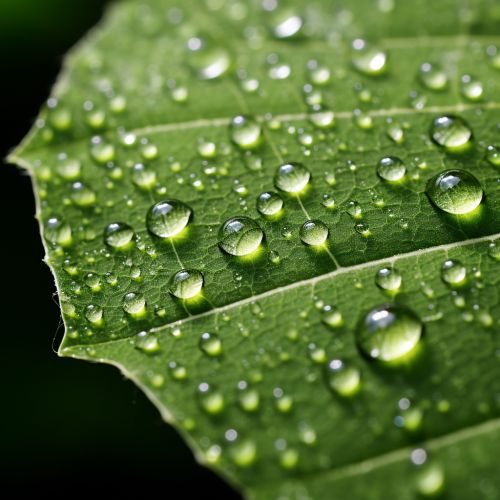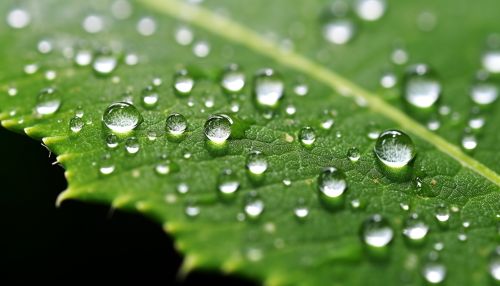Mechanisms of Plant Defense Mechanisms Against Pathogens
Introduction
Plants, similar to other living organisms, are constantly exposed to a variety of pathogens that can cause diseases and affect their growth and development. To counteract these threats, plants have evolved a complex array of defense mechanisms. These mechanisms can be broadly classified into two categories: constitutive and induced defenses. Constitutive defenses are always present in the plant, while induced defenses are activated in response to pathogen attack.
Constitutive Defenses
Constitutive defenses in plants include physical and chemical barriers that prevent the entry and spread of pathogens.
Physical Barriers
Physical barriers are the first line of defense in plants. These include the plant's cuticle, cell wall, and various anatomical features.
Cuticle
The cuticle is a waxy layer that covers the outer surface of the plant's aerial parts. It acts as a physical barrier, preventing the entry of pathogens.
Cell Wall
The cell wall is another important physical barrier in plants. It is composed of cellulose, hemicellulose, and lignin, which provide structural strength and resistance against pathogen invasion.
Anatomical Features
Certain anatomical features of plants also contribute to their defense against pathogens. For example, trichomes (hair-like structures on plant surfaces) can deter insect pests, and stomatal closure can prevent pathogen entry.
Chemical Barriers
In addition to physical barriers, plants also possess chemical defenses that deter pathogens. These include secondary metabolites such as alkaloids, phenolics, and terpenoids, which can have antimicrobial properties.
Induced Defenses
When pathogens manage to overcome the constitutive defenses, plants activate a range of induced defenses. These defenses are triggered by the recognition of pathogen-associated molecular patterns (PAMPs) and can include the production of antimicrobial compounds, the strengthening of cell walls, and programmed cell death.
Recognition of PAMPs
The recognition of PAMPs is a crucial step in the activation of plant induced defenses. PAMPs are molecules that are associated with pathogens and are recognized by pattern recognition receptors (PRRs) on the plant cell surface.
Production of Antimicrobial Compounds
Upon recognition of PAMPs, plants can produce a variety of antimicrobial compounds. These include phytoalexins, which are antimicrobial substances synthesized de novo in response to pathogen attack.
Strengthening of Cell Walls
Another response to pathogen attack is the strengthening of cell walls. This can involve the deposition of callose, a polysaccharide that reinforces the cell wall and restricts pathogen movement.
Programmed Cell Death
Programmed cell death, also known as the hypersensitive response, is a defense mechanism in which cells at the site of infection undergo rapid cell death to limit pathogen spread.
Conclusion
In conclusion, plants have evolved a diverse range of defense mechanisms to protect themselves against pathogens. These defenses can be constitutive or induced and involve a combination of physical barriers, chemical defenses, and cellular responses.


